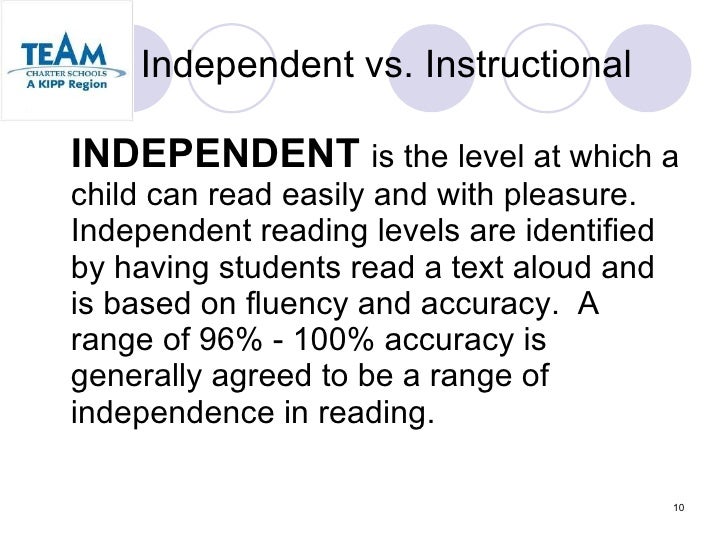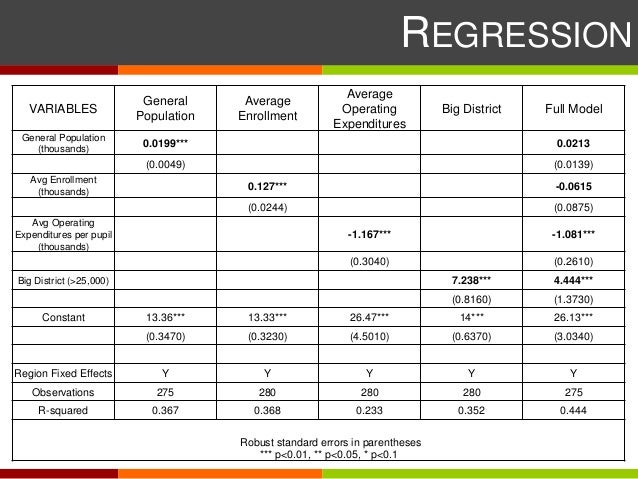

One reading program I remember from my childhood bragged that it never introduced more than one new word per page, and any word that was introduced was repeated 15 times over the following pages. 5 They may not have referred to these texts as “leveled readers,” and no company that published basal readers had yet coined the term “guided reading,” but the practices of that time were markedly similar to those of today.ĭuring the 20th century, research identified text features that correlate with reading comprehension, 6 and publishers started to control these features to a degree previously unimagined.

The idea of testing students to place them in different levels of text for instruction was first recommended more than 100 years ago, 4 and an early survey indicated that 58 percent of primary-grade reading instruction was already being delivered in small ability-based groups and that 42 percent of the teachers were adjusting text levels to facilitate learning. Teaching with Gradually More Difficult Texts First, I provide a brief history lesson in how we got here. In this article, I examine the research on leveled reading approaches and offer more effective ways that classroom teachers can ensure their students acquire the skills and knowledge they need to not only read a text but also comprehend it. Might students do even better if taught with books they can’t already read so well? That’s the real question. Most American students are learning to read, at least at basic levels, 3 and since most are being taught with leveled books, there must be some potency in the approach.īut the real question isn’t whether children can learn from leveled books, but whether such leveling confers any learning advantages. On the surface, those are easy questions. Other recent surveys show that teaching reading with leveled books is on the increase and that teachers believe it is endorsed or supported by their state educational standards, 2 though, in most cases, it is not.īut how effective is such teaching? Does it work? Today, although groups are now labeled with letters (Level G, Level L, etc.) and ornithological monikers are out of fashion, assigning students to instructional groups according to their reading levels is still a common practice in classrooms across the country.Ī recent survey aimed at identifying the most popular current programs used to teach reading 1 found that one common feature of all the top sellers was that they organize their teaching around leveled books. I distinctly remember the redbirds, the bluebirds, and the buzzards among the most popular appellations. These groups were sometimes known by various colors or animals.

Standing united to protect immigrant rights.Standing in Solidarity with Our AAPI Community.

Paraprofessionals & school-related personnel.


 0 kommentar(er)
0 kommentar(er)
